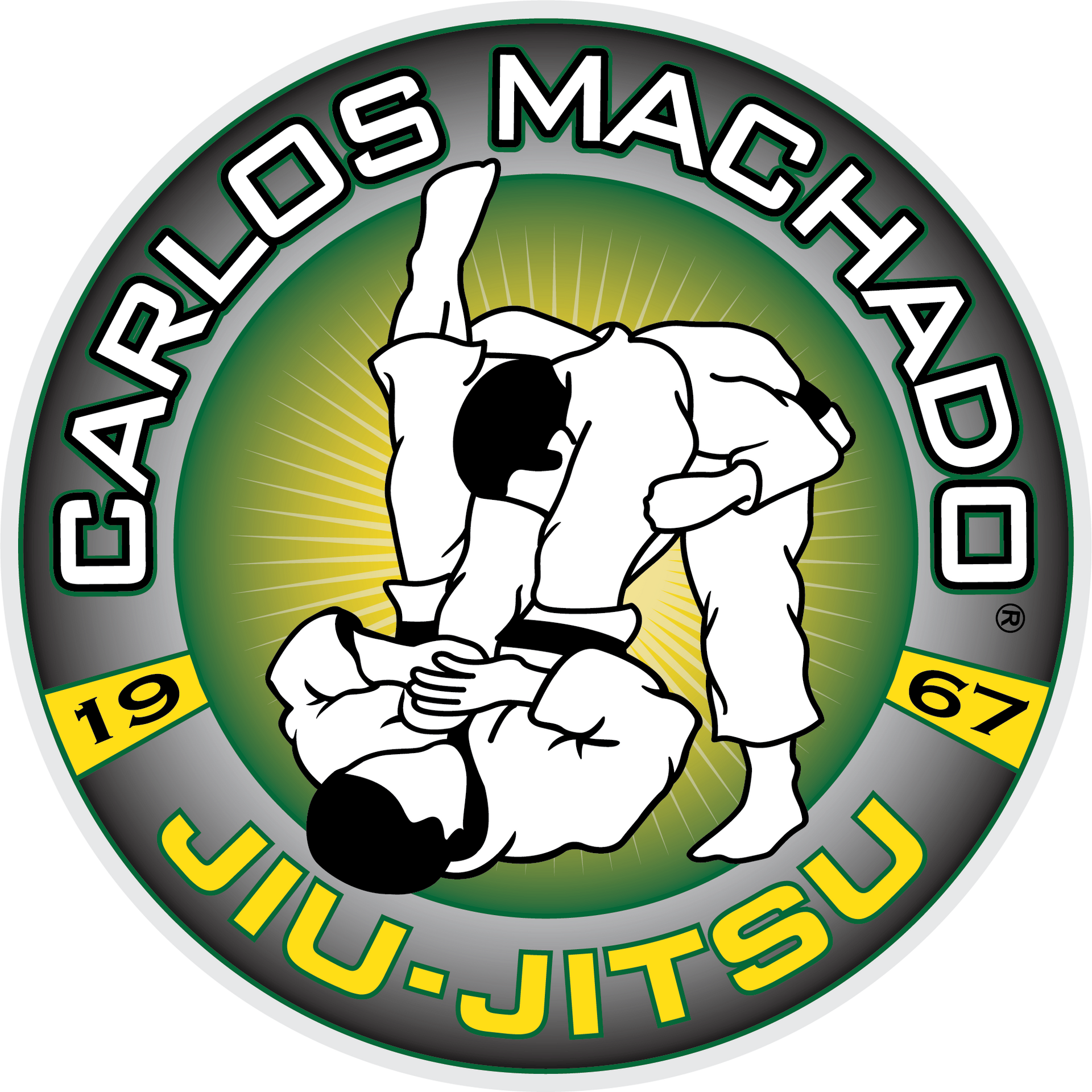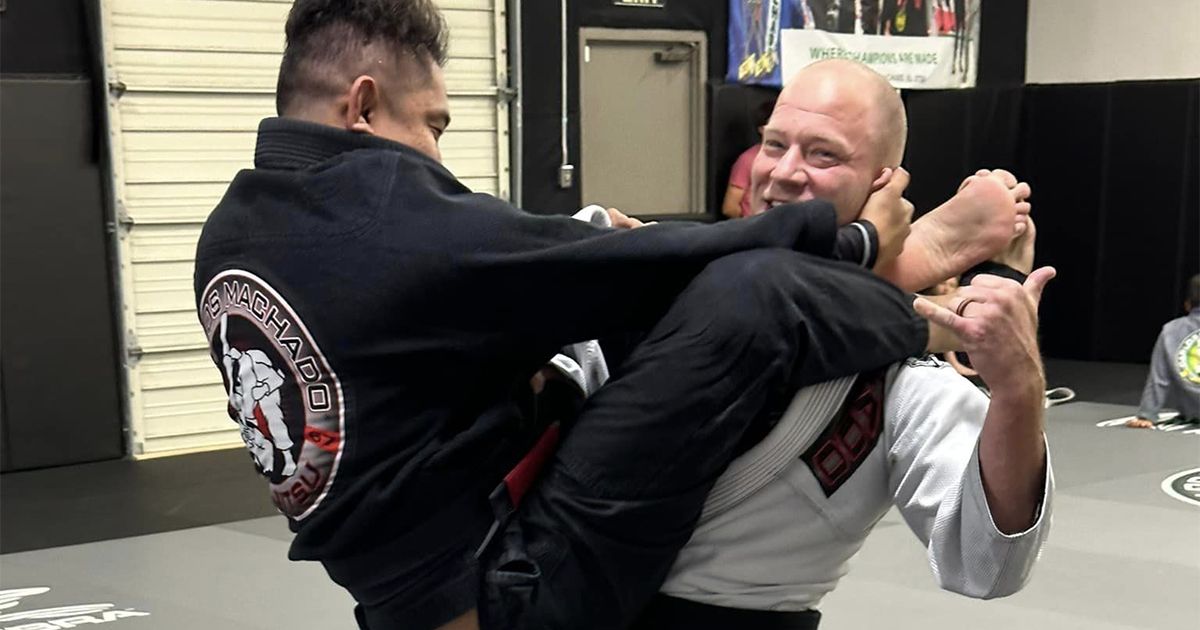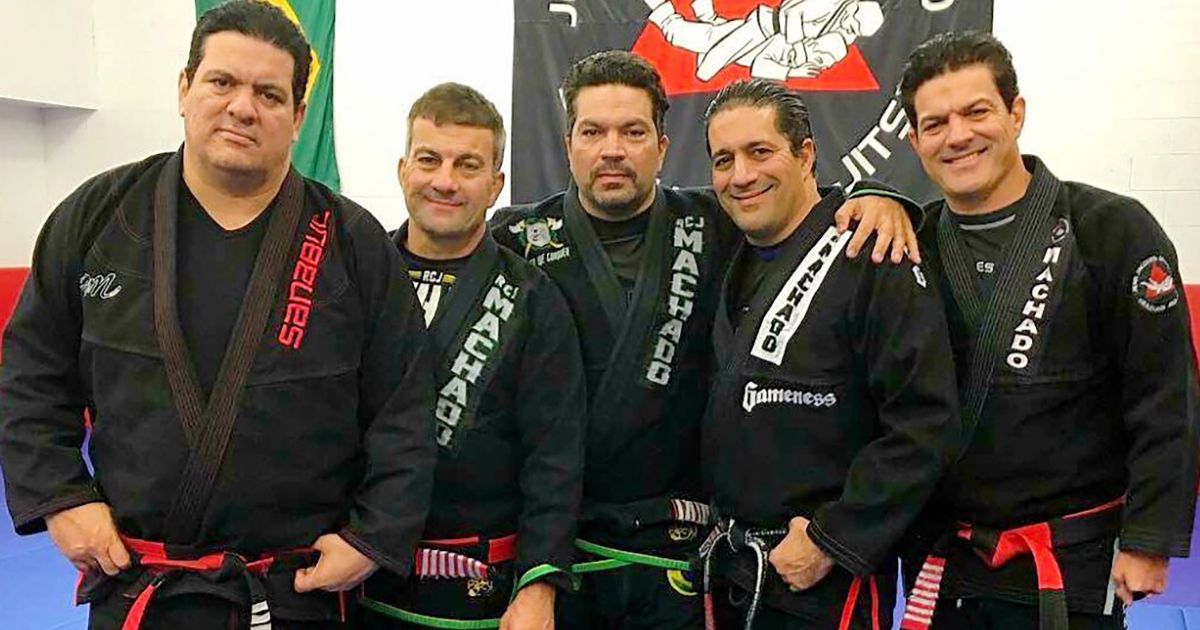Master Brazilian Jiu-Jitsu Techniques: Shoulder Lock, Scissor Sweep, Armbar, and More
Shoulder Lock Technique
When it comes to Brazilian Jiu-Jitsu (BJJ) and grappling martial arts, mastering the shoulder lock technique is paramount for achieving success on the mats. This technique requires a deep understanding of the mechanics involved, as well as precise control over your partner's movements. In this blog section, we will delve into the various aspects of the shoulder lock technique, including its importance, different variations, grip maintenance, countering escape attempts, and using the shoulder lock flip as a reversal technique.
Importance of Controlling Partner's Arms and Maintaining Pressure
One of the key elements of the shoulder lock technique is the ability to control your partner's arms effectively. By controlling their arms, you limit their ability to defend against the submission and increase the pressure on their shoulder joint. Maintaining pressure throughout the technique is crucial for securing the lock and inducing a tap-out from your partner.
Different Variations of the Technique
There are several variations of the shoulder lock technique, each with its own unique mechanics and finishing positions. Two common variations are the leg flat finish and the knee pivot finish. The leg flat finish involves extending your legs flat on the mat to secure additional leverage, while the knee pivot finish utilizes your knee as a pivot point for added control.
Maintaining Grip on Partner's Sleeve and Belt
In order to execute the shoulder lock technique effectively, maintaining a strong grip on your partner's sleeve and belt is essential. The sleeve grip provides you with control over their arm movements, while the belt grip helps you stabilize your position and prevent any counter-attacks. By securing these grips, you enhance your ability to execute the technique with precision.
Countering Partner's Attempts to Escape the Submission
As with any submission technique, your partner will likely attempt to escape the shoulder lock once you start applying pressure. To counter their escape attempts, you must anticipate their movements and adjust your position accordingly. By staying one step ahead and maintaining control over their arms, you can prevent them from breaking free and secure the submission.
Shoulder Lock Flip as a Reversal Technique
For more advanced practitioners, the shoulder lock flip can be utilized as a reversal technique when your partner tries to defend against the lock. By using their momentum and leverage against them, you can transition from a defensive position to an offensive one, putting pressure on their shoulder joint and forcing them to tap out. The shoulder lock flip adds a strategic element to your arsenal, allowing you to adapt to your partner's movements and capitalize on openings.
Mastering the shoulder lock technique requires dedication, practice, and a deep understanding of body mechanics. By emphasizing the importance of controlling your partner's arms, exploring different variations of the technique, maintaining a strong grip, countering escape attempts, and utilizing the shoulder lock flip, you can elevate your BJJ skills and become a formidable grappler on the mats.
Scissor Sweep and Armbar
The combination of the scissor sweep and armbar is a dynamic duo in the world of Brazilian Jiu-Jitsu, offering effective techniques for both controlling your opponent and transitioning into submission holds. In this blog section, we will delve into the intricacies of these two fundamental moves and how they can be seamlessly integrated into your arsenal.
Scissor Sweep for Escaping Leg and Flipping Partner Over
The scissor sweep is a fundamental technique used to off-balance and sweep your opponent from the closed guard position. To execute the scissor sweep, start by controlling your opponent's posture with a strong grip on their sleeve and collar. Next, open your guard and place one foot on their hip while the other leg goes behind their knee. With a swift motion, extend your legs and drive your hips upwards and towards the direction you want to sweep. This action, resembling the motion of opening and closing a pair of scissors, allows you to destabilize your opponent's base and flip them over, ready to establish a dominant position.
Armbar Submission Technique from Closed Guard Position
Once you have successfully swept your opponent with the scissor sweep, you can capitalize on the momentum and transition into the armbar submission hold. From the top position, maintain control over your opponent's arm by securing their wrist and trapping it against your chest. Your legs play a crucial role in this technique, with one leg placed over your opponent's head and the other leg securing their body. By extending your hips and applying pressure to your opponent's elbow joint, you can effectively hyperextend their arm, forcing them to submit or risk injury.
Importance of Controlling Partner's Arm and Using Hip for Leverage
Both the scissor sweep and armbar rely heavily on controlling your opponent's arm and utilizing your hip movement for leverage. By understanding how to manipulate your opponent's arm position, you can limit their options and set yourself up for a successful sweep or submission. Additionally, proper hip engagement is key to generating power and stability in these techniques. Whether you are initiating a sweep or locking in an armbar, the efficient use of your hips can make all the difference in executing the moves effectively.
Cross Face for Establishing Control and Preventing Partner's Defense
As you work through the scissor sweep and armbar sequences, it is essential to establish control over your opponent's upper body to prevent any potential defenses. One effective method for gaining control is the cross face technique, where you use your arm to press against your opponent's face and turn their head away from you. This action not only disrupts their base and balance but also limits their ability to defend against your attacks, giving you the upper hand in the grappling exchange.
Maintaining Balance and Preventing Partner from Rolling During Sweep
Maintaining balance is a critical aspect of executing effective sweeps and submissions in Brazilian Jiu-Jitsu. When performing the scissor sweep, it is crucial to distribute your weight evenly and anticipate your opponent's reactions to prevent them from rolling out of the sweep. By staying connected to your partner and adjusting your positioning in real-time, you can stay one step ahead and secure the sweep successfully. Similarly, when transitioning into the armbar, maintaining your balance and controlling your opponent's movements are vital for securing the submission and avoiding any potential escapes.
```html
Shoulder Lock and Kimura Hold
When it comes to grappling and submission techniques in martial arts, the shoulder lock and Kimura hold are two highly effective moves that offer great control over your opponent. Let's dive into the intricacies of these techniques and how they can be used to dominate your opponent.
Using Lapel and Arm for Control
One key aspect of the shoulder lock and Kimura hold is using the lapel and arm to control your partner's movements. By gripping their lapel and arm, you can limit their range of motion and set up the perfect angle for a submission. This control is essential for executing the technique with maximum effectiveness.
Maintaining Control and Prevention
Once you have established control with the lapel and arm, it's crucial to maintain that control throughout the execution of the technique. This involves preventing your partner from escaping or countering the submission by staying one step ahead and adjusting your grip as needed.
Applying Pressure with Hip and Shoulder
To effectively execute the shoulder lock or Kimura hold, you must use your hip and shoulder to apply pressure and control your partner's movements. By leveraging your body weight and positioning, you can create immense pressure that makes it difficult for your opponent to escape.
Maintaining Balance and Control
Another important aspect of these techniques is maintaining your own balance while controlling your partner. This balance ensures that your opponent cannot easily reverse the position or counter the submission, giving you the upper hand throughout the sequence.
Using Knee and Elbow for Control
In addition to the lapel and arm control, incorporating your knee and elbow into the mix can further enhance your control over your partner's movements. These additional points of contact allow for more advanced setups and transitions, increasing the versatility of your attack.
``````html
Ankle Big Hook Flip and Top Mount Position
When it comes to the ankle big hook flip and top mount position in Brazilian Jiu-Jitsu, several key techniques and strategies play a crucial role in maintaining control and executing successful transitions. Let's delve into the intricacies of these essential moves:
Controlling Partner's Arms and Blocking Knee and Hip
One of the fundamental aspects of establishing dominance in the ankle big hook flip and top mount position is controlling your partner's arms effectively. By preventing your opponent from utilizing their arms freely, you limit their options for defense and counterattacks. Additionally, blocking their knee and hip not only restricts their mobility but also sets the stage for your next move.
Using Foot to Help Pull and Flip Partner in Ankle Big Hook Flip
Executing the ankle big hook flip requires precise technique and timing. By strategically using your foot to pull and flip your partner, you can disrupt their balance and create an opening for a successful transition. This move is both dynamic and effective when executed with precision.
Shifting Knee Position in Top Mount Position Based on Partner's Movements
Adaptability is key in the top mount position, especially when your partner is actively moving and resisting. By intelligently shifting your knee position in response to your partner's movements, you can maintain control and set up various attacks. This reactive approach enhances your positional dominance and puts you in a prime position to capitalize on openings.
Using Lapel for Attacks and Maintaining Control
The lapel can be a versatile tool for both attacks and maintaining control in the ankle big hook flip and top mount position. Whether you're setting up a submission or preventing your partner from escaping, utilizing the lapel effectively can significantly impact the flow of the match. By mastering lapel control, you can enhance your overall grappling skills.
Preventing Partner from Rolling by Pushing Forehead and Using Mobile Forehead Posting
Preventing your partner from rolling is essential to secure your position and execute your game plan. By applying pressure with your forehead and utilizing mobile forehead posting, you can effectively immobilize your partner and limit their options for escape. This strategic use of head control can be a game-changer in maintaining dominance.
Mastering the ankle big hook flip and top mount position requires a combination of technical skill, strategic thinking, and adaptability. By incorporating these key techniques into your arsenal and refining your execution, you can elevate your BJJ game and become a more formidable grappler.
``````json{ "heading": "Choke Hold Technique", "bulletPoints": [ "Shifting weight and maintaining pressure on lapel", "Preventing partner from rolling during choke hold", "Importance of control and maintaining pressure" ]}```
Choke Hold Technique
When it comes to mastering the choke hold technique, there are key factors that can make all the difference in its effectiveness. Let's delve into the nuances of shifting weight, preventing your partner from rolling, and the critical role of control and pressure maintenance.
Shifting Weight and Maintaining Pressure on Lapel
One of the fundamental aspects of a successful choke hold is the ability to shift your weight effectively while maintaining pressure on the lapel. By distributing your weight strategically, you can ensure that your choke hold is both secure and potent. Remember, proper weight distribution can amplify the impact of your choke hold and increase its efficiency.
Preventing Partner from Rolling During Choke Hold
It is essential to prevent your partner from rolling during a choke hold to maintain control and maximize the effectiveness of the technique. By maintaining a stable position and using leverage to restrict their movement, you can diminish their chances of escaping the hold. Anticipate their reactions and adjust your positioning to counter any attempts to roll out of the hold.
Importance of Control and Maintaining Pressure
Control is paramount when executing a choke hold. Without proper control over your partner's movements and positioning, the effectiveness of the technique diminishes significantly. Additionally, maintaining consistent pressure throughout the hold is crucial for cutting off blood flow to the brain and rendering your opponent incapacitated.
Mastering the choke hold technique requires a delicate balance of shifting weight, preventing rolling, and exerting precise control with unwavering pressure. Keep honing these key elements to elevate your proficiency in this powerful martial arts maneuver.
```





